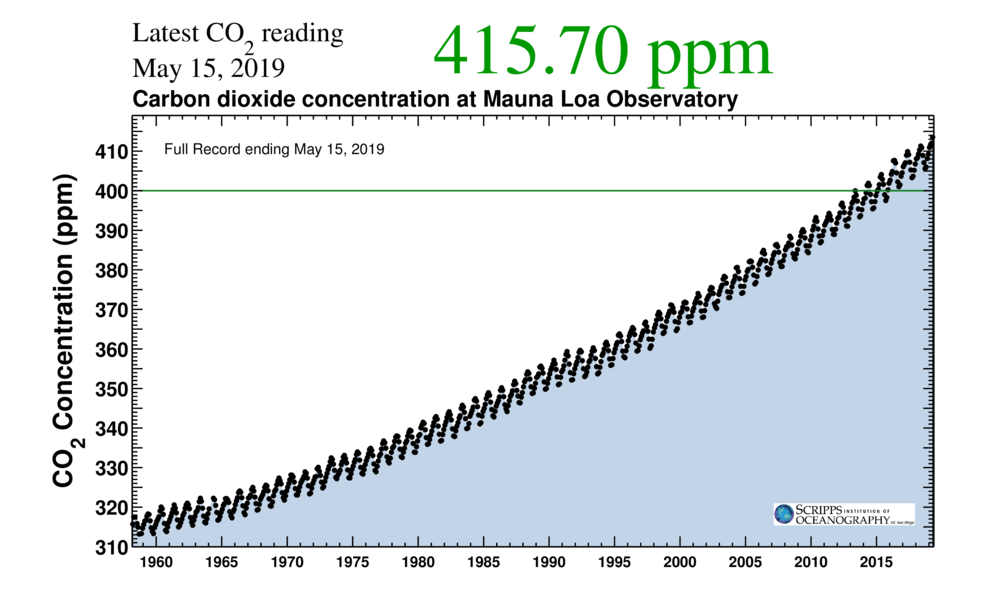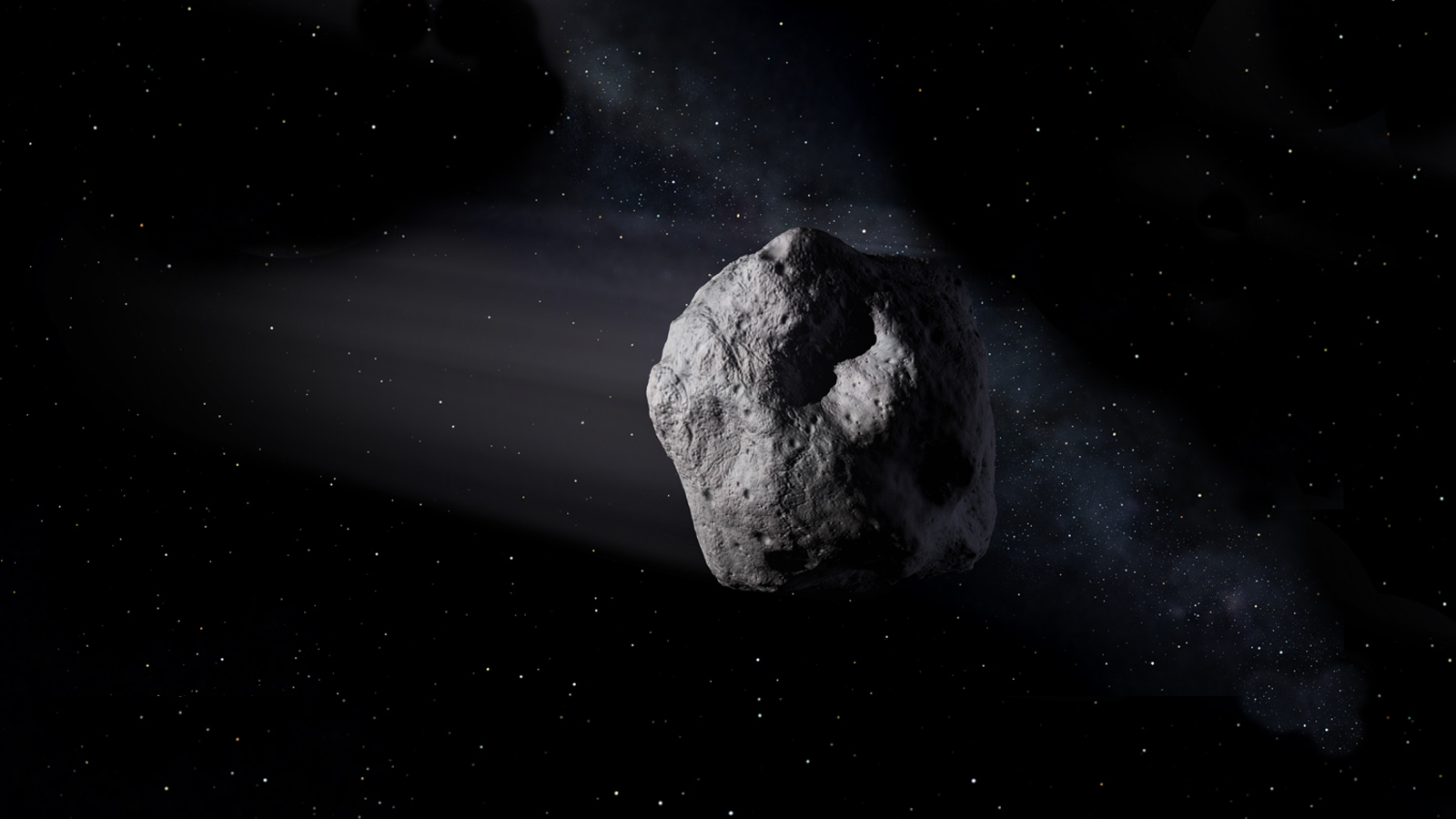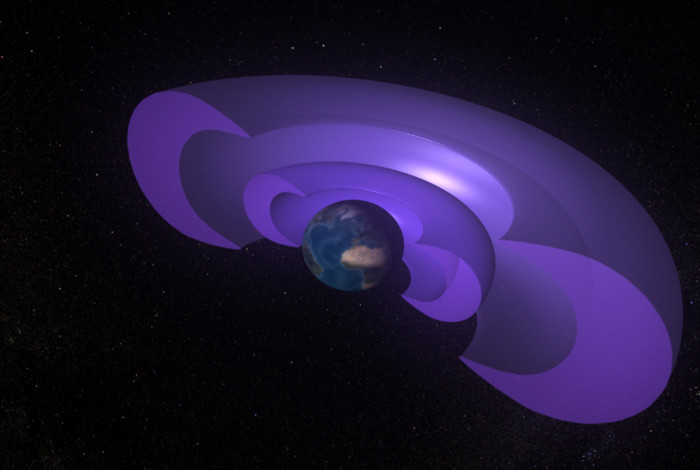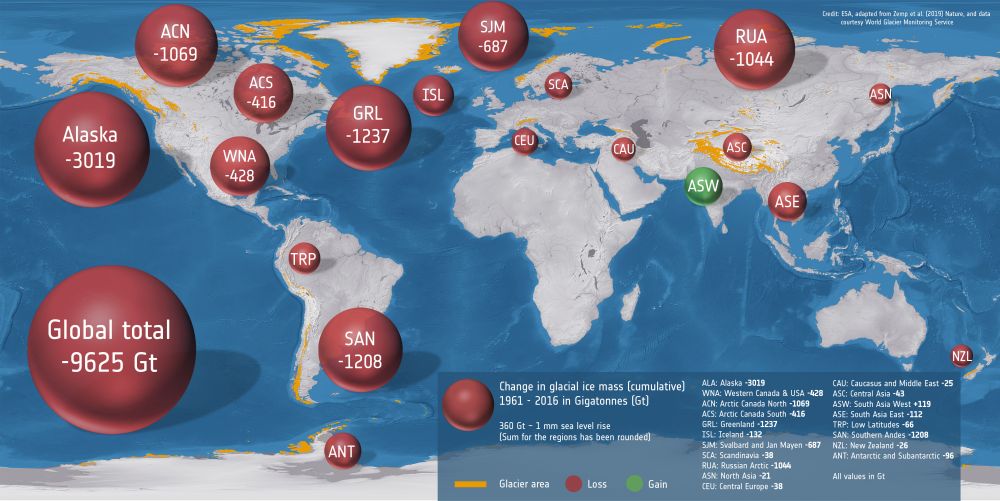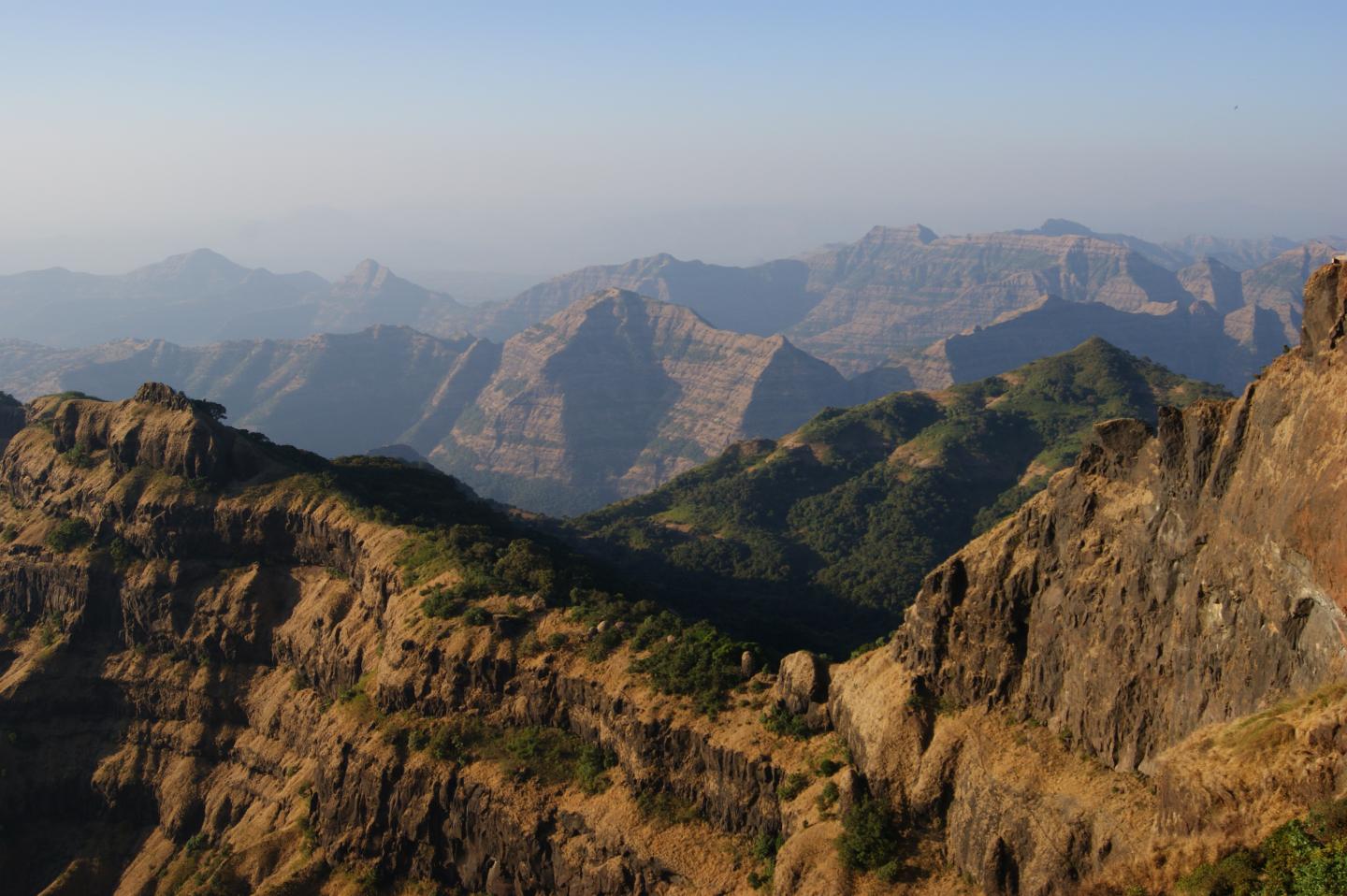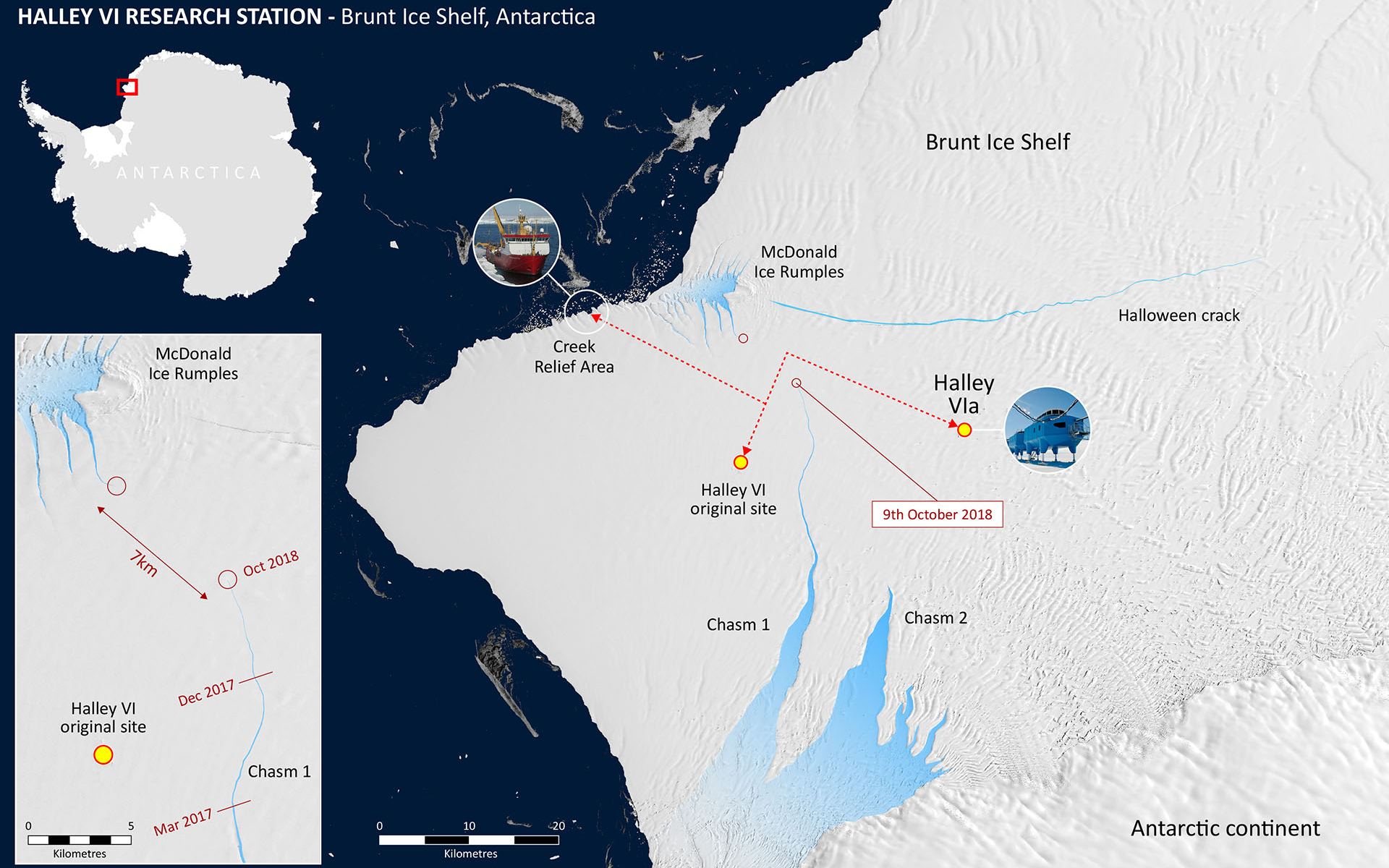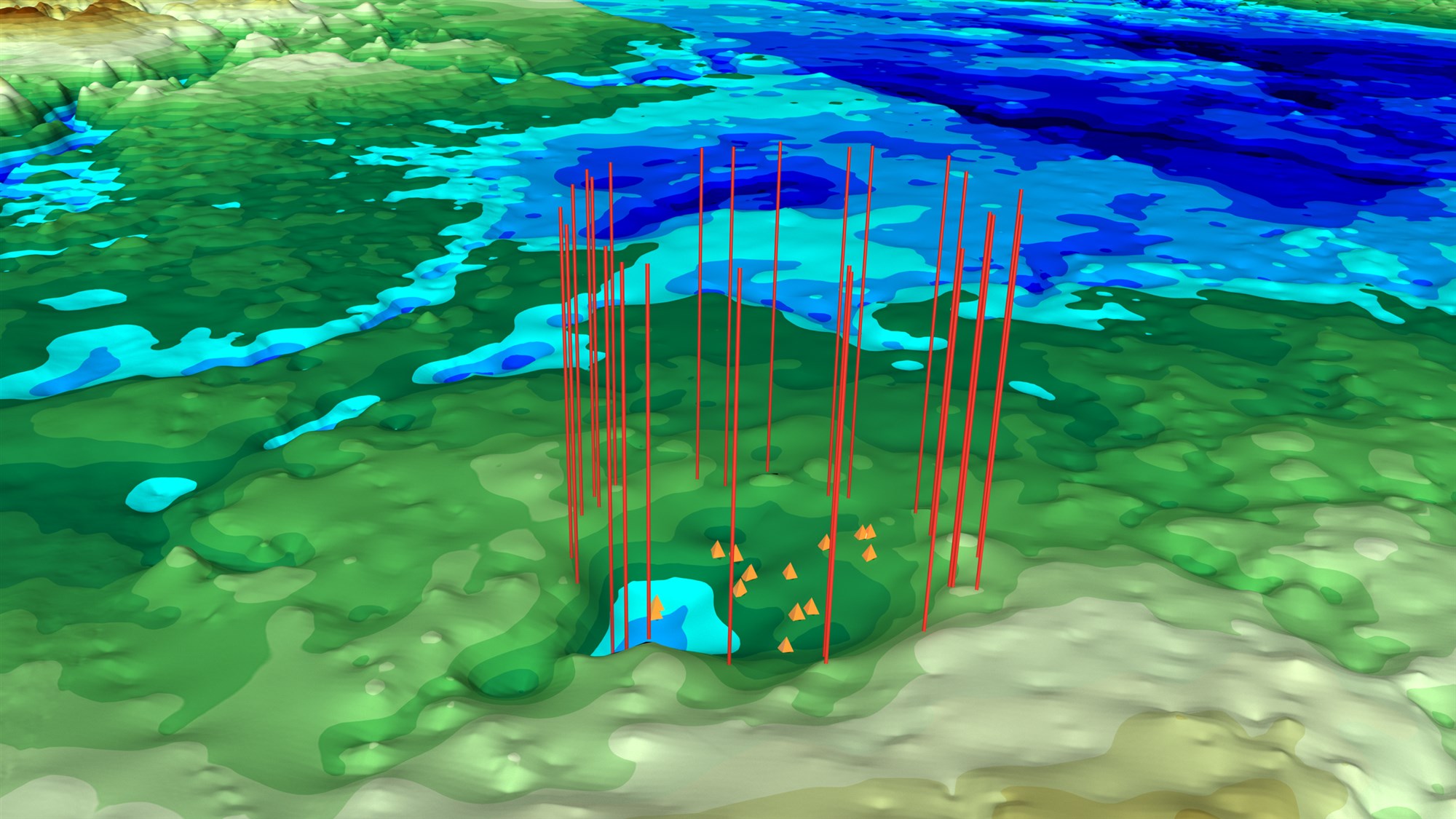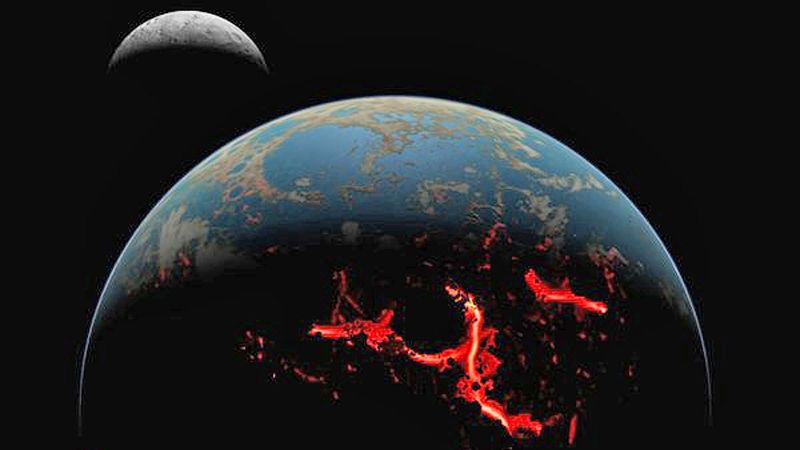Scientists at the University of Munster have discovered that Earth got its water from a collision with Theia. Theia was the ancient body that collided with Earth and formed the Moon. Their discovery shows that Earth’s water is much more ancient than previously thought.
Continue reading “The Collision that Created the Moon Might Have Also Brought Water to the Early Earth”


